Continued from Part 3…
Pancakes for breakfast today for me, salmon for Helen, then we were off to Truro. We arrived around 10am and started exploring the city, going from bookstore to gallery to souvenir shop.
We stopped in at Truro Cathedral at around 10:30 and asked about the tour due to start at 11, but were disappointed to hear they don’t show you anything behind the scenes. It’s just a walk around the ground floor. I was hoping to climb up the towers or explore the organ, but it’s not that type of tour. Because of this, we decided to just look around the Cathedral on our own, then explore the rest of Truro.
As we were walking around admiring the architecture, we couldn’t help but notice that the structure isn’t quite straight, there’s a very slight bend at the crossing of the transept with the aisles. It makes every photo look slightly misaligned.
The interior was beautiful and very well-maintained. The building was extremely tall, so there was a lot of neck-straining to admire the architecture. One of the more impressive areas was the reredos, the ornamental panel at the back of the alter. This was a huge piece of intricately carved stone, showing dozens of prophets, saints, martyrs, apostles, etc.
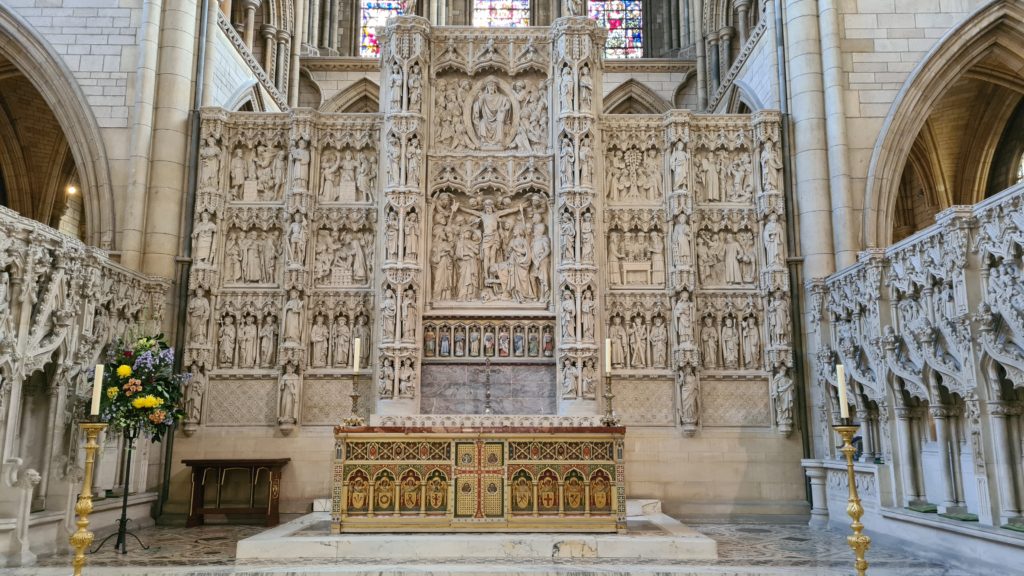
After wondering around the Cathedral for half an hour, we toured the rest of Truro, stopping briefly for a quick snack at a small cafe called Coffee Traders, before visiting the Royal Cornwall Museum.
The museum itself wasn’t huge, but it had a few interesting displays and exhibits. Downstairs in the main area there were two displays that caught my eye. First, a number of trinkets and artefacts from Tintagel Castle, which we’ll be visiting tomorrow. Second, a bar of soap that was used once by the Prince of Wales (later Edward VII) when visiting Truro, that was stolen by a pair of chambermaids. Creepy women!
Upstairs though, there was an exhibit that Helen and I both really enjoyed, the Egyptian mummy of a Temple Priest, Iset-Tayef-Nakht, who was mummified around 2,600 years ago. We didn’t take any pictures out of respect because his real body is on display, but his picture can be found online with a quick search.
There was a video that explained his path through to the afterlife which is depicted in hieroglyphics on his sarcophagus. I never realized that the sarcophagus actually tells a story in such a way, but it was very interesting to learn about his journey.
After the museum, we visited a few galleries and bookshops in town, including Lisa Harker’s gallery and studio. We had a lovely chat with the artist and bought a couple of original paintings from her that we loved.
At this point it was time for lunch. We were booked in to a South African restaurant right by the Cathedral called Chorley’s. The food was delicious. Not something we’re used to, and everything had a little kick to it, but it was really tasty, and we’d recommend going if you’re nearby.
Full once again, it was time to move on. Falmouth next.
We got on the road, and arrived at Falmouth shortly after 2pm. I found a car park equidistant between Pendennis Castle and Falmouth town centre, 20 minutes from each. The only downside to that though, was that the castle was up at the top of a steep hill. Helen decided not to join me in my climb and went to the beach while I braved the hill.
We parted ways on a coastal road with some gorgeous views of the bay.
I reached the castle just before 3pm, and noticed they did an hourly tour at half-past, so made a mental note of it then started exploring. The parade ground is dominated by two main buildings, a Tudor gun tower built in the 16th century, and a large barracks built at the turn of the 20th century.
The castle was originally built by Henry VIII along with a number of other castles across the South coast, using money plundered from dissolving monasteries across England and forming the Church of England, as he expected an invasion from France, the Holy Roman Empire, and the Pope.
Over the centuries, Pendennis Castle was an extremely strategically important castle, defending the third largest natural harbour in the world. During every major threat to England, various upgrades were made to the castle, including:
- Major earthworks and ramparts to defend against the Spanish Armada in the late 16th century
- Restorations and improved fortifications during the English Civil War in the 17th century
- Restorations and upgrades in preparation for the Napoleonic wars in the 18th century and early 19th century
- Major upgrade work, construction of the barracks, and more coastal defenses during the Boer war and in anticipation of World War I in the early 20th century
- Construction of a large coastal battery at the beginning of World War II
The castle has been in constant use for over 400 years due to its strategic location on the estuary, something that’s pretty unique. In fact, the British military only left the castle around 50 years ago, and have a standing order that they can re-occupy the castle within 48 hours notice, should they need it for any reason.
First, I went to the WWII half moon battery that look out onto the bay. The guns here were huge, had an 8-mile range, and could severely damage a German warship up to 4 miles away. Fortunately, no German warships ever came in range, but the guns were used several times against smaller German torpedo boats to great effect.
Underneath these batteries were a set of tunnels and rooms that held ammunition and shells. Most were inaccessible to the public, but I learnt that because the munitions were so volatile, officers working in these stores were required to wear only cloth, and were stripped of belts, steel-toed shoes, metal buttons, etc, in case any accidental spark flew loose.
Back at the top, there were a number of 6-pounder guns looking out onto the estuary. There were dozens of cannon emplacements all around the castle. Unfortunately there’s a lot of overgrowth, so there’s not a good line-of-sight for these cannon any more. So many weeds, it could be our garden!
By now it was time for the tour, so I went back to the gun tower and joined a few other people who were also waiting.
Our tour guide showed us all around the gun tower and gave a detailed history of the castle. Despite all the upgrades and additions made over the centuries, and despite constantly being staffed by the military for hundreds of years, firing many shots against hostiles, no cannons have ever been fired back at the castle. A very good example of a deterrent here.
It’s not all perfect though. At the start of the tour, our guide explained that the ground floor of the gun tower was initially built and filled with cannon, only for the army to realize that it wasn’t high enough to fire down to the estuary from. So there are several gun ports on this floor that are completely useless!
Additionally, since they built the castle on a hilly peninsular, there was no water. They dug 50 yards down for a well only to get salt-water at the bottom, so the only source of water was collected via rainfall through lead pipes. Not very healthy!
The views from the roof of the gun tower were spectacular though, and you could see for miles and miles. It was a beautiful day.
After the tour, I had another little look around. There was a very small WWI exhibition in the barracks, and more big guns around. By now it was about twenty-past-four, so I called Helen to find out where she, and set off to meet her in town, taking the odd photo as I walked.
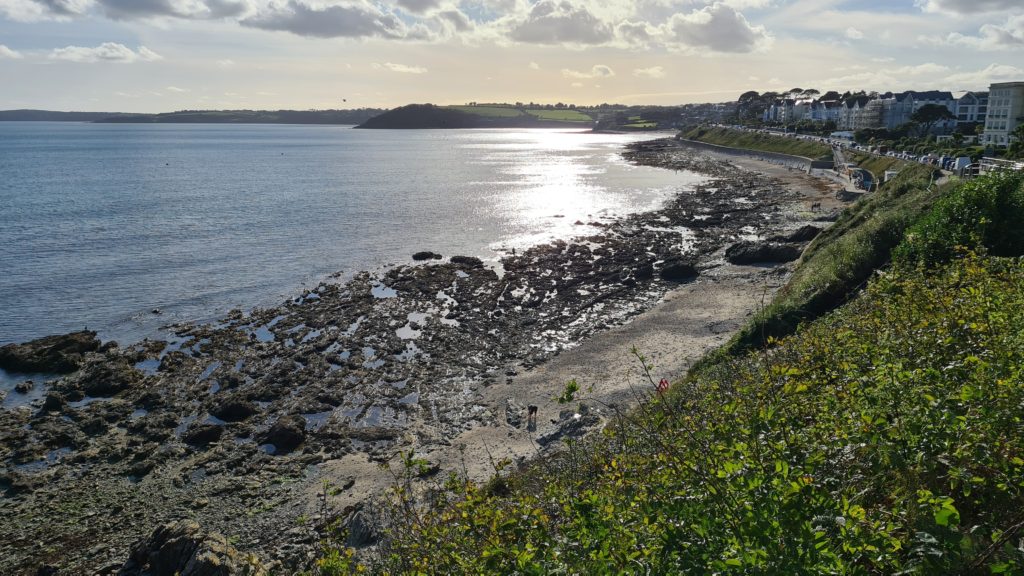
I met back up with Helen in Falmouth town centre at 5pm in a bar called the IndiDog Eatery for a quick drink. We caught up on our separate adventures, then looked at the menu for The Lookout which we’d booked for dinner at 6pm. We didn’t fancy anything listed, so decided to look elsewhere, eventually finding a burger joint called The Meat Counter who were able to fit us in.
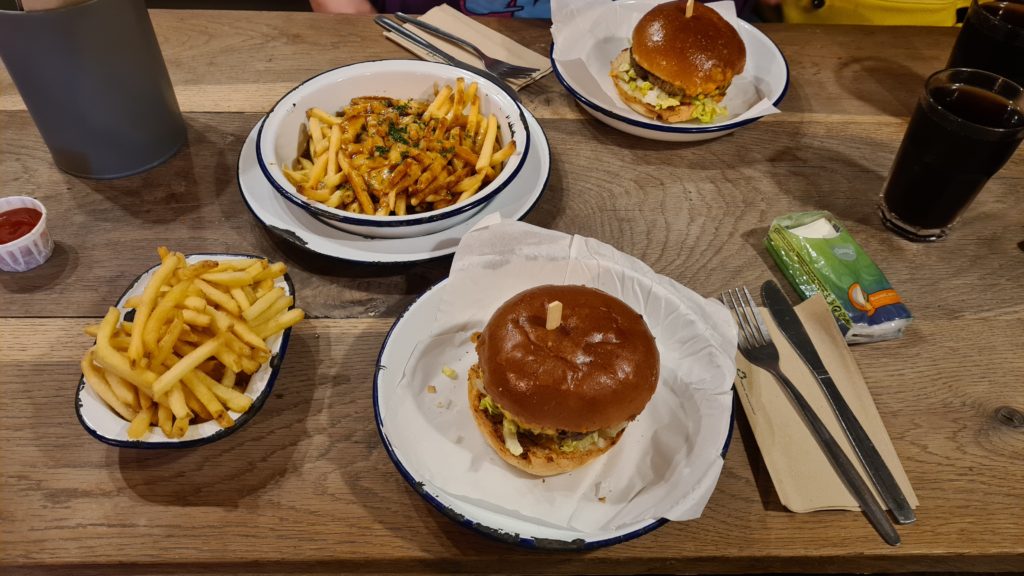
We both had the same burger and fries, Helen upgraded to poutine but underestimated how much there would be! Another winner here, the burgers were delicious, though the fries were a little over-cooked and hard.
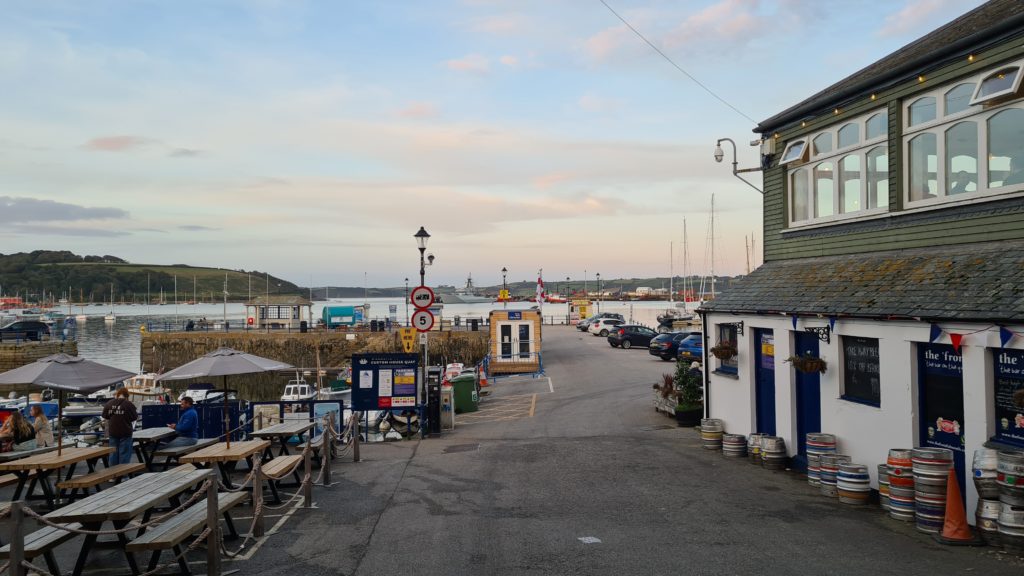
When we finished dinner it was around 7pm, so we walked along the high street back towards the car. Everywhere we looked held great views, we were tempted to stay out for a few drinks, but we were both tired, so headed back to the hotel to get some rest.

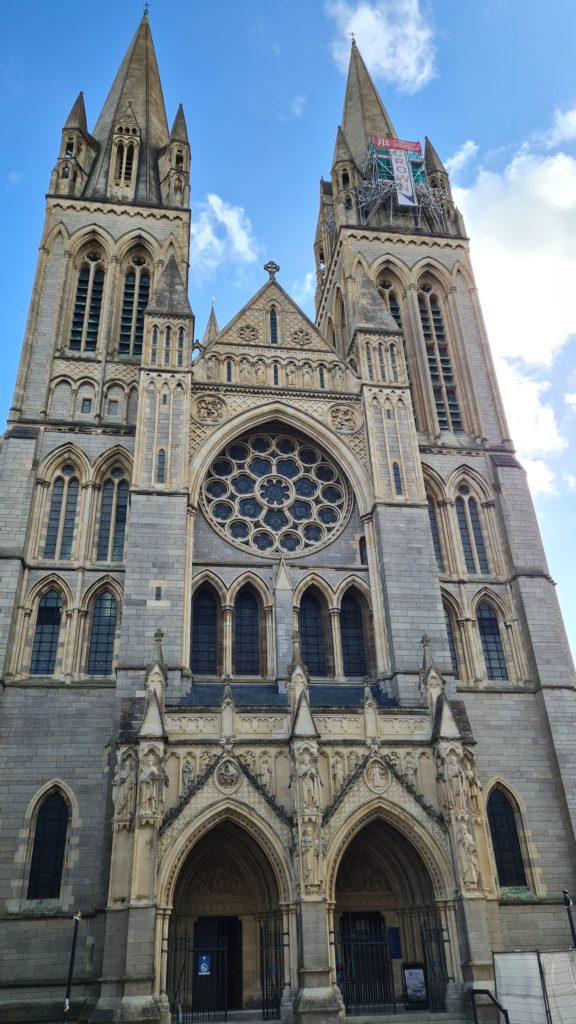
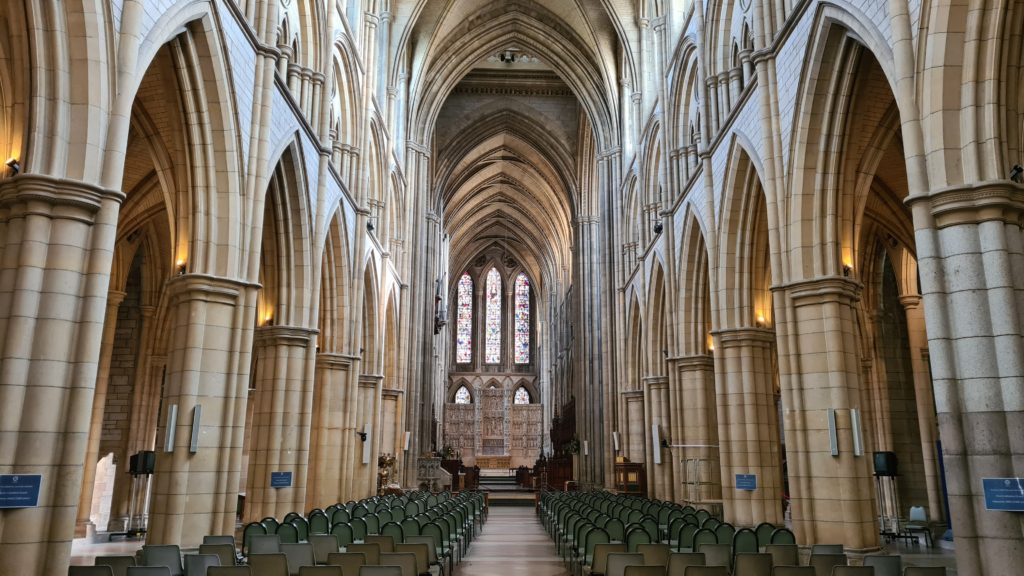
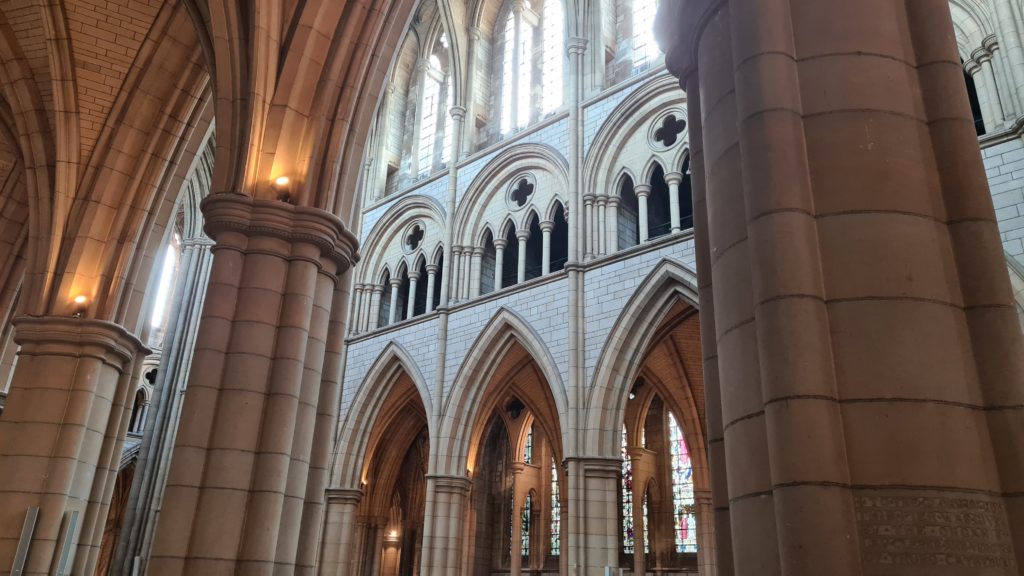
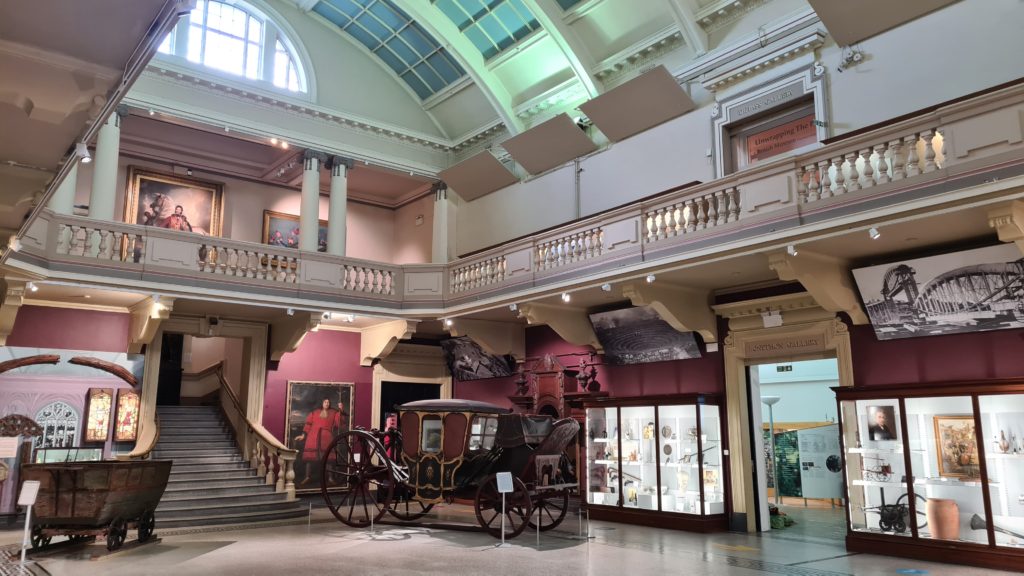
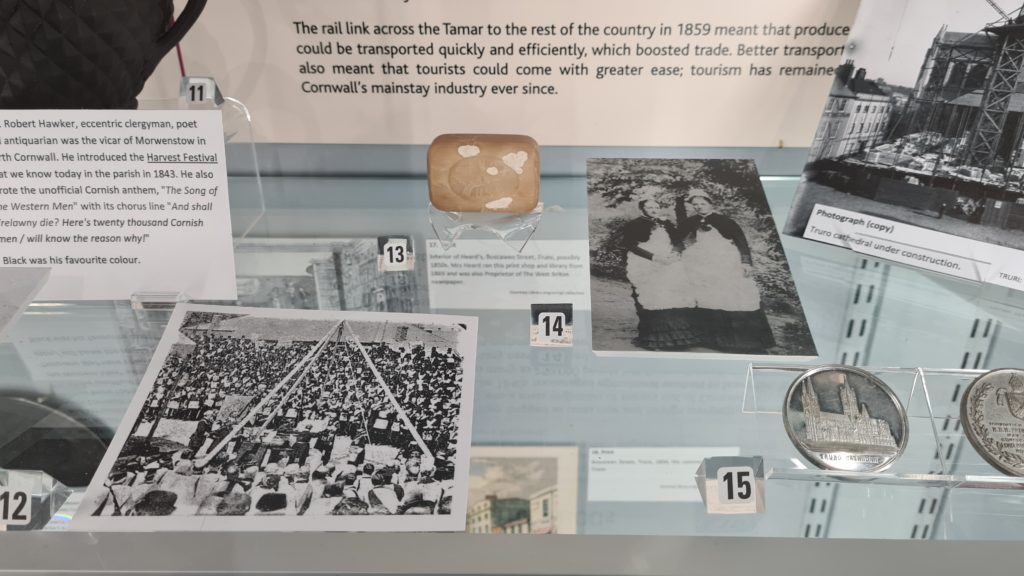
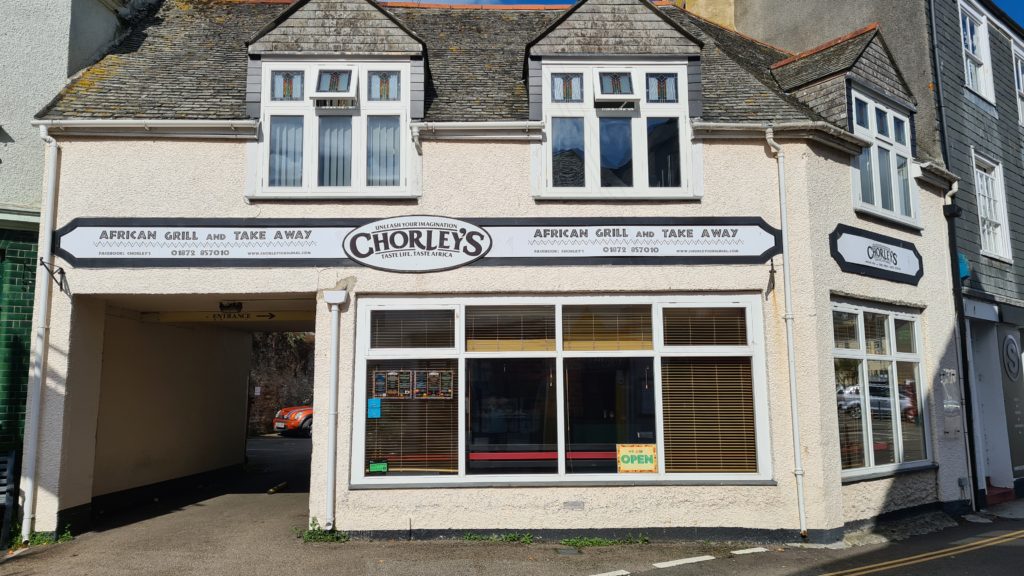


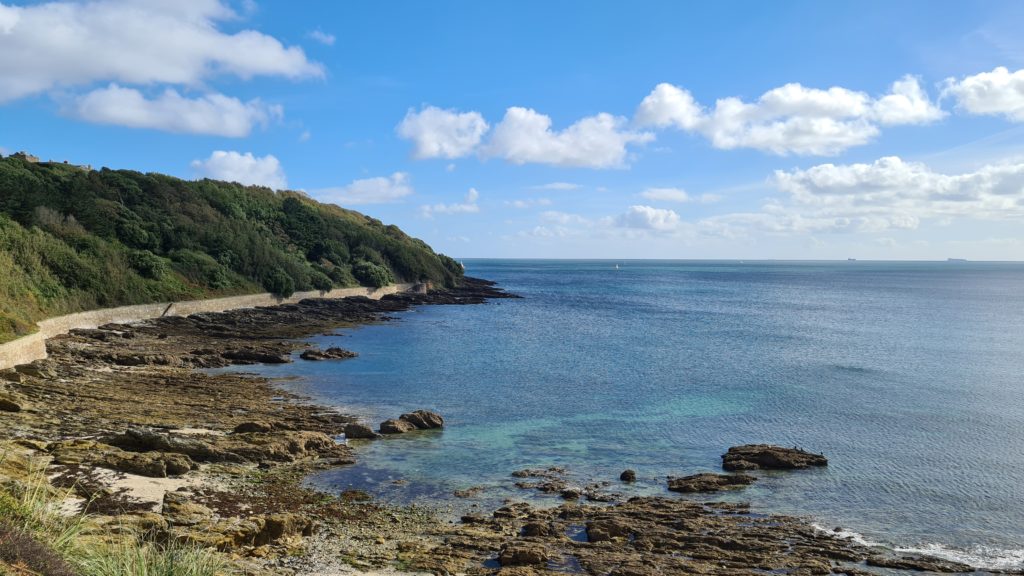
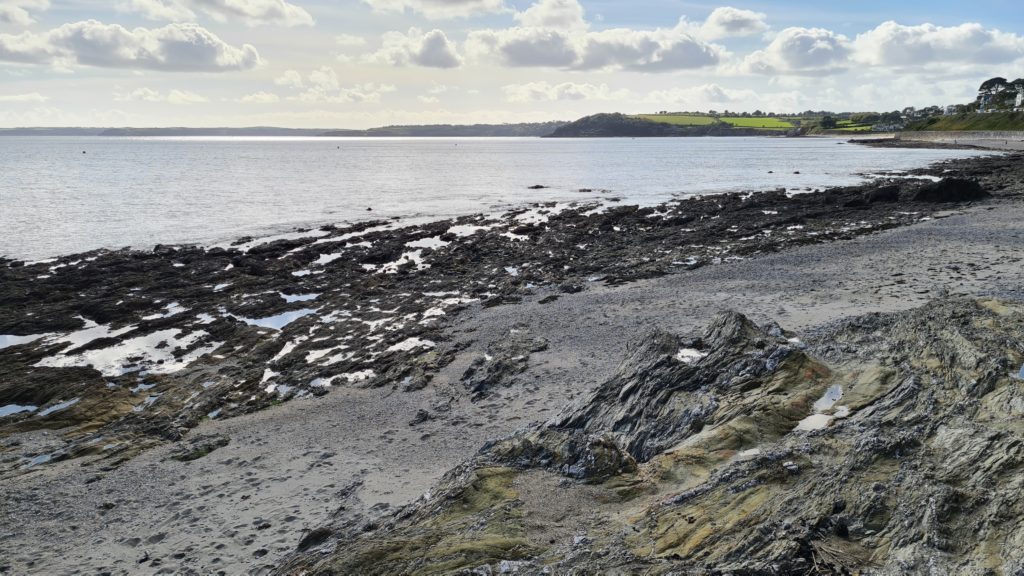
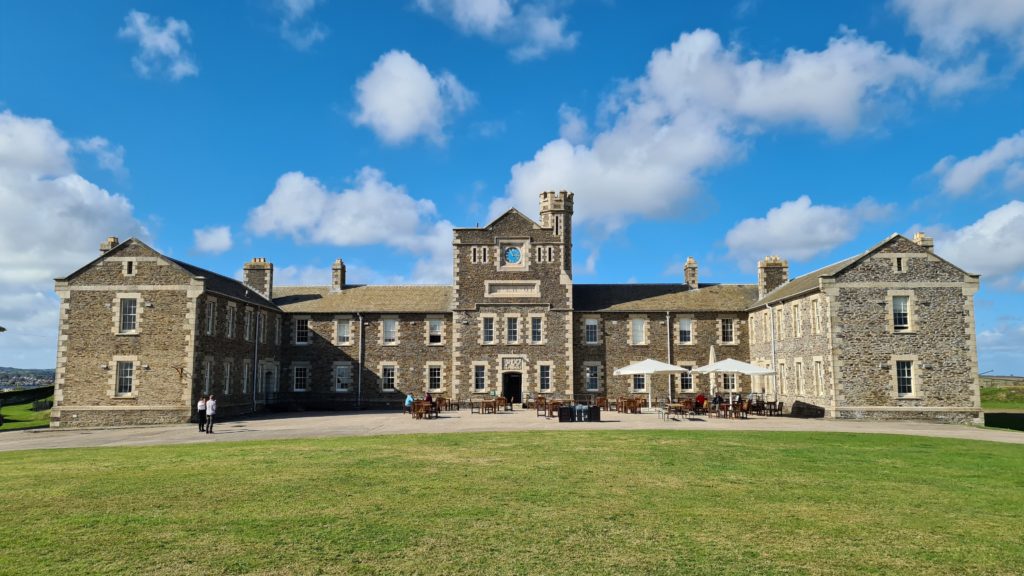
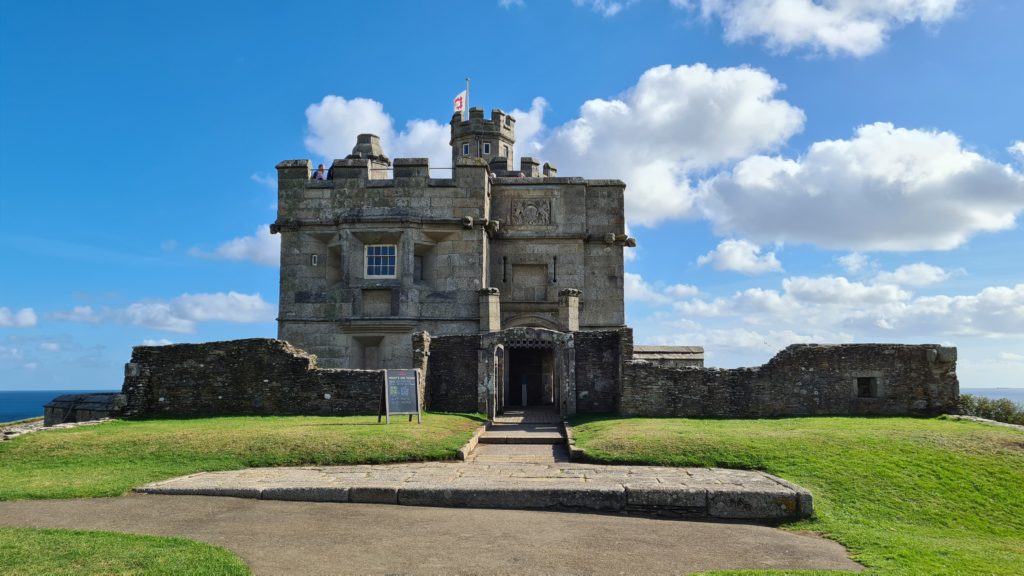
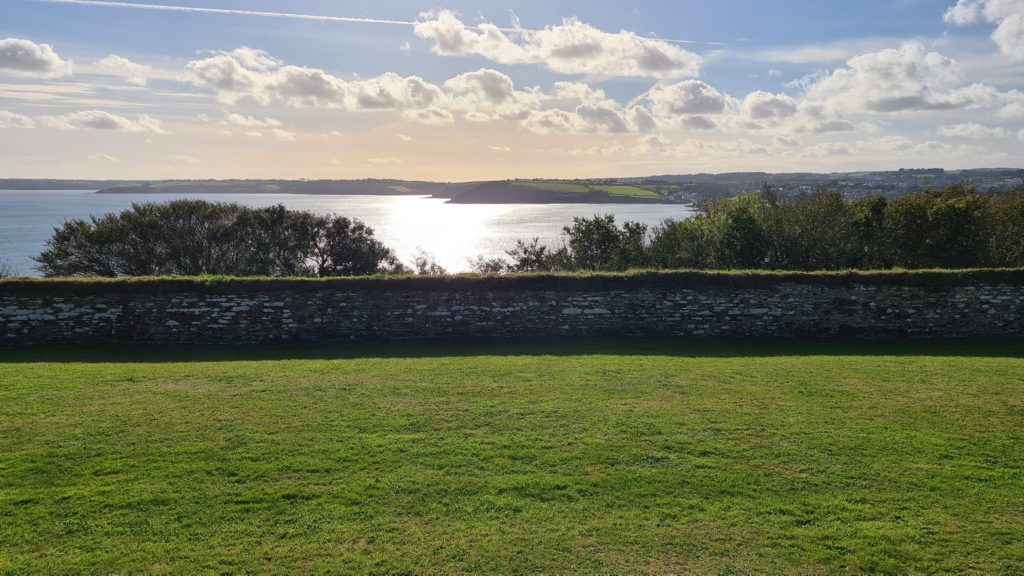
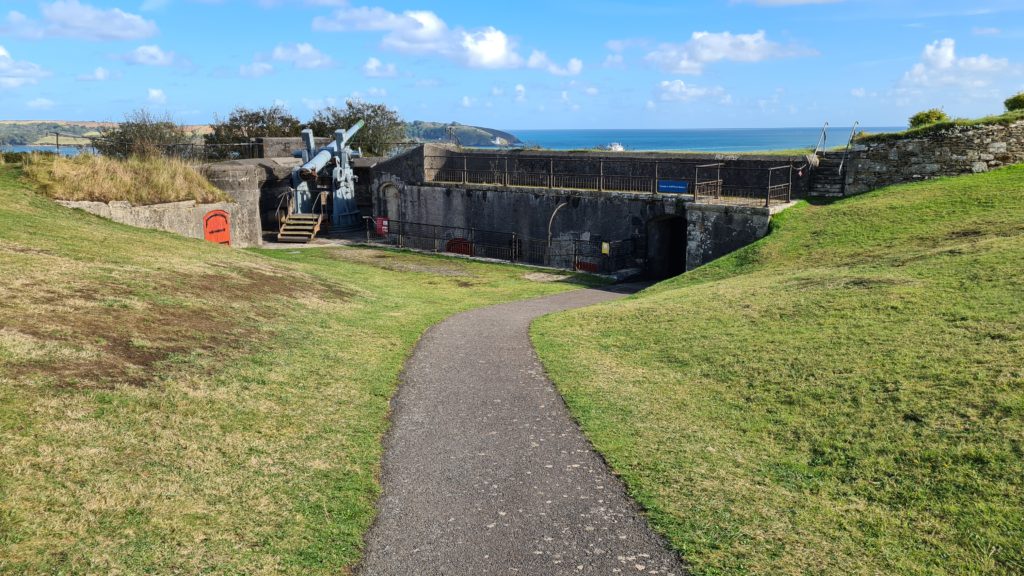
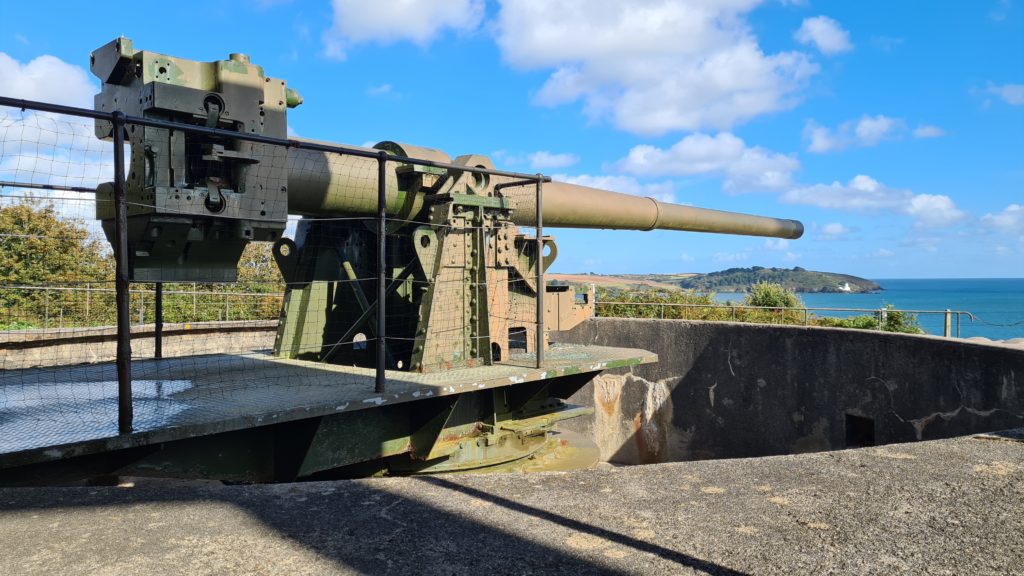
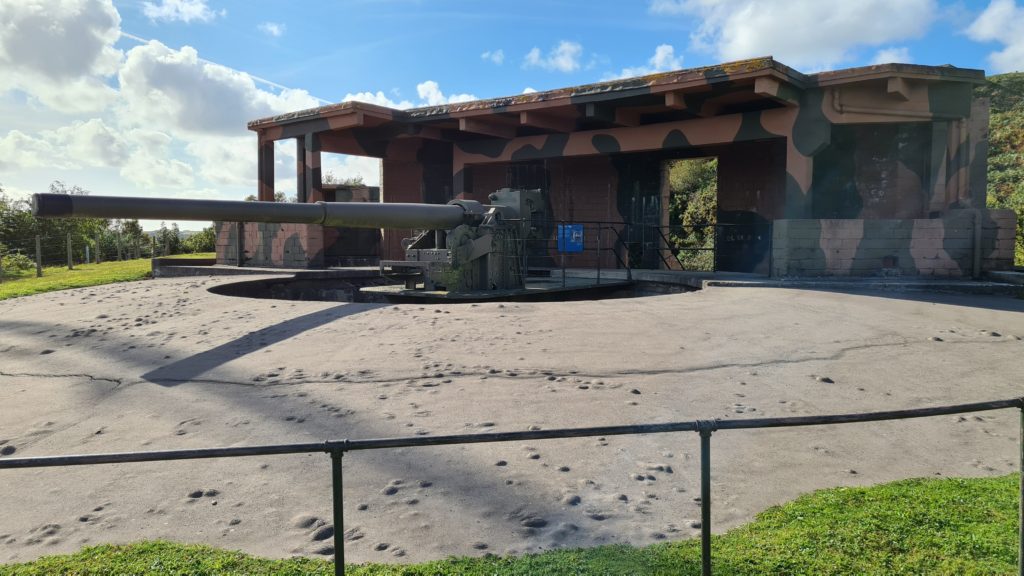
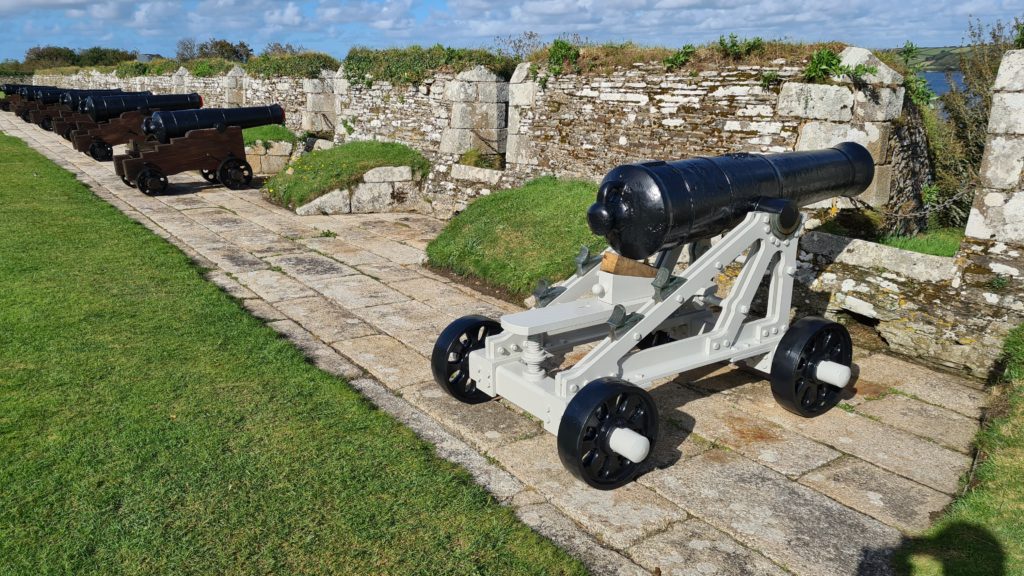
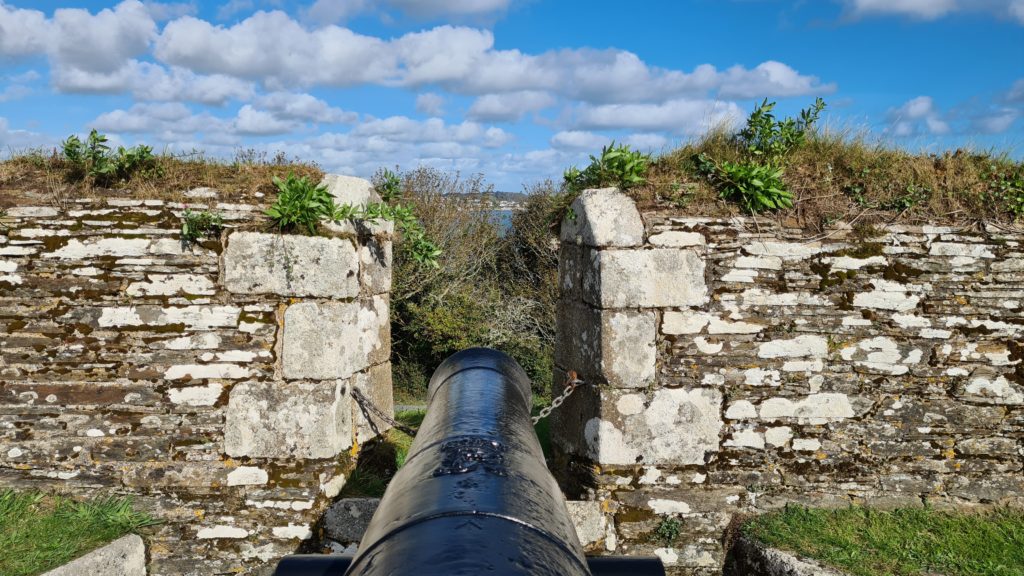
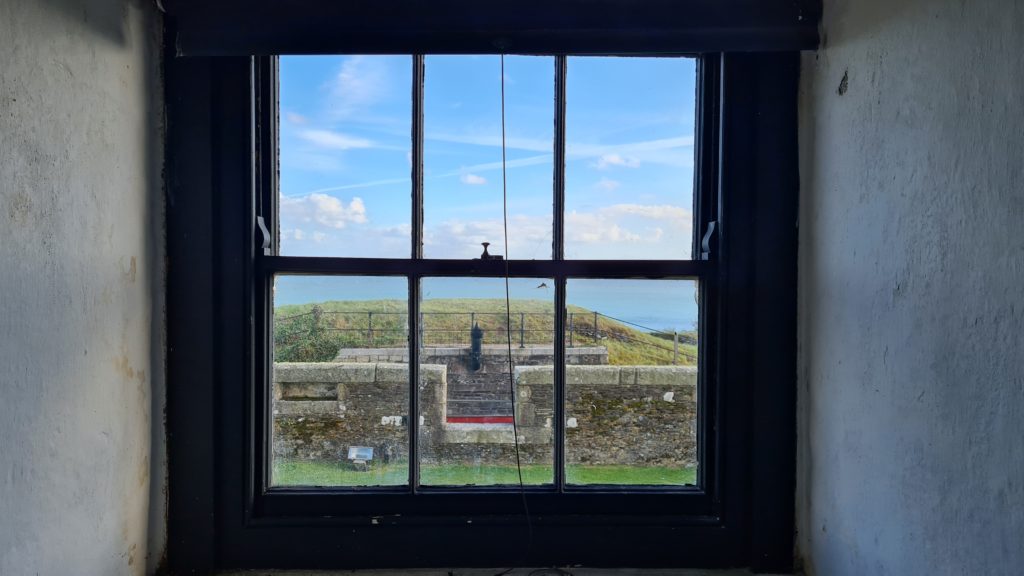
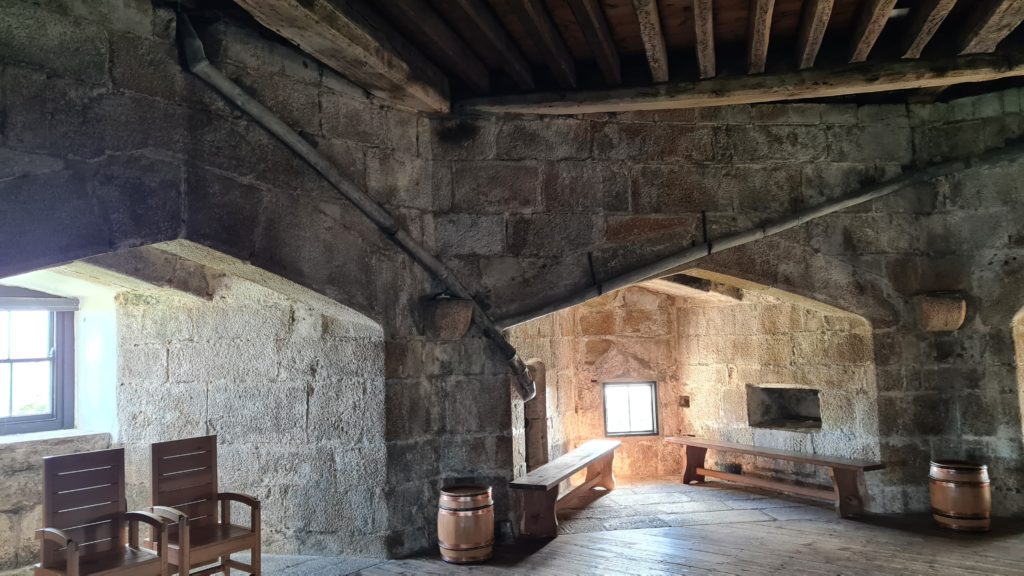
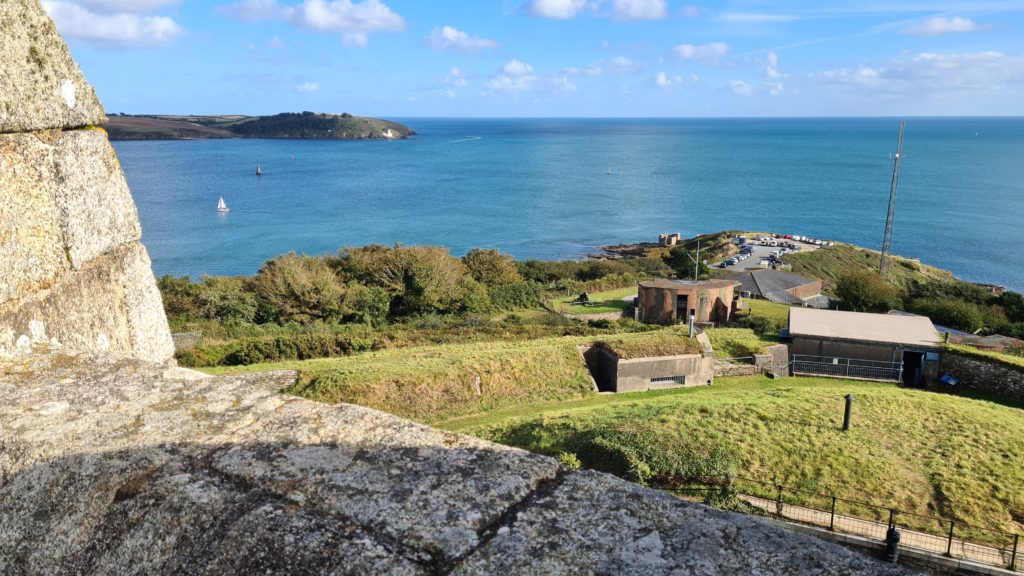
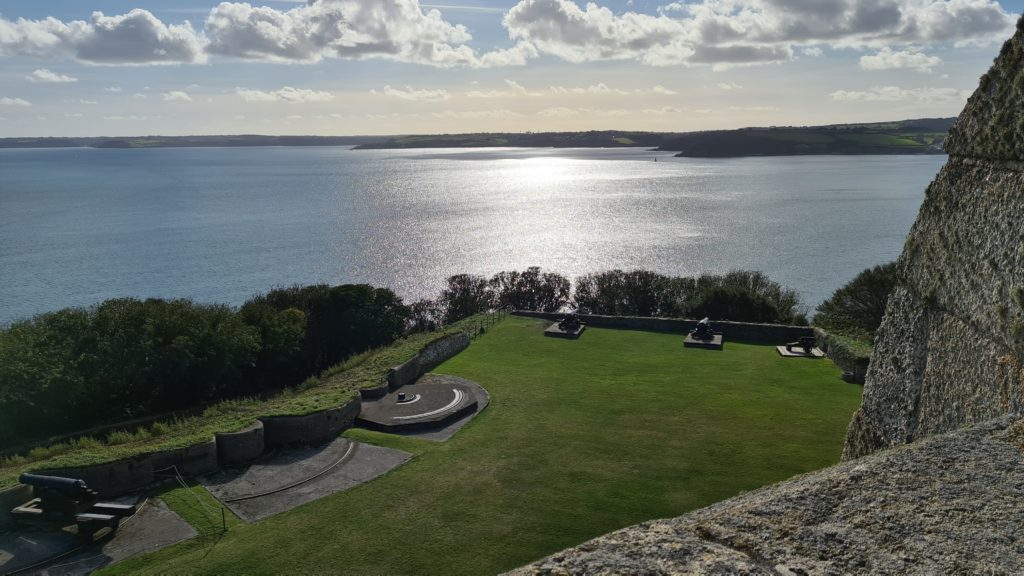
Pendennis castle looks very interesting and worth a visit. Too much food again 😆
We loved Falmouth when we were there but never got to see the fascinating castle. As ever, you got to do a lot in a short space of time.